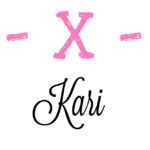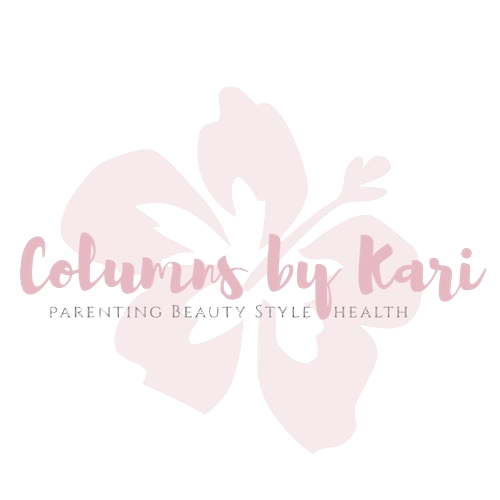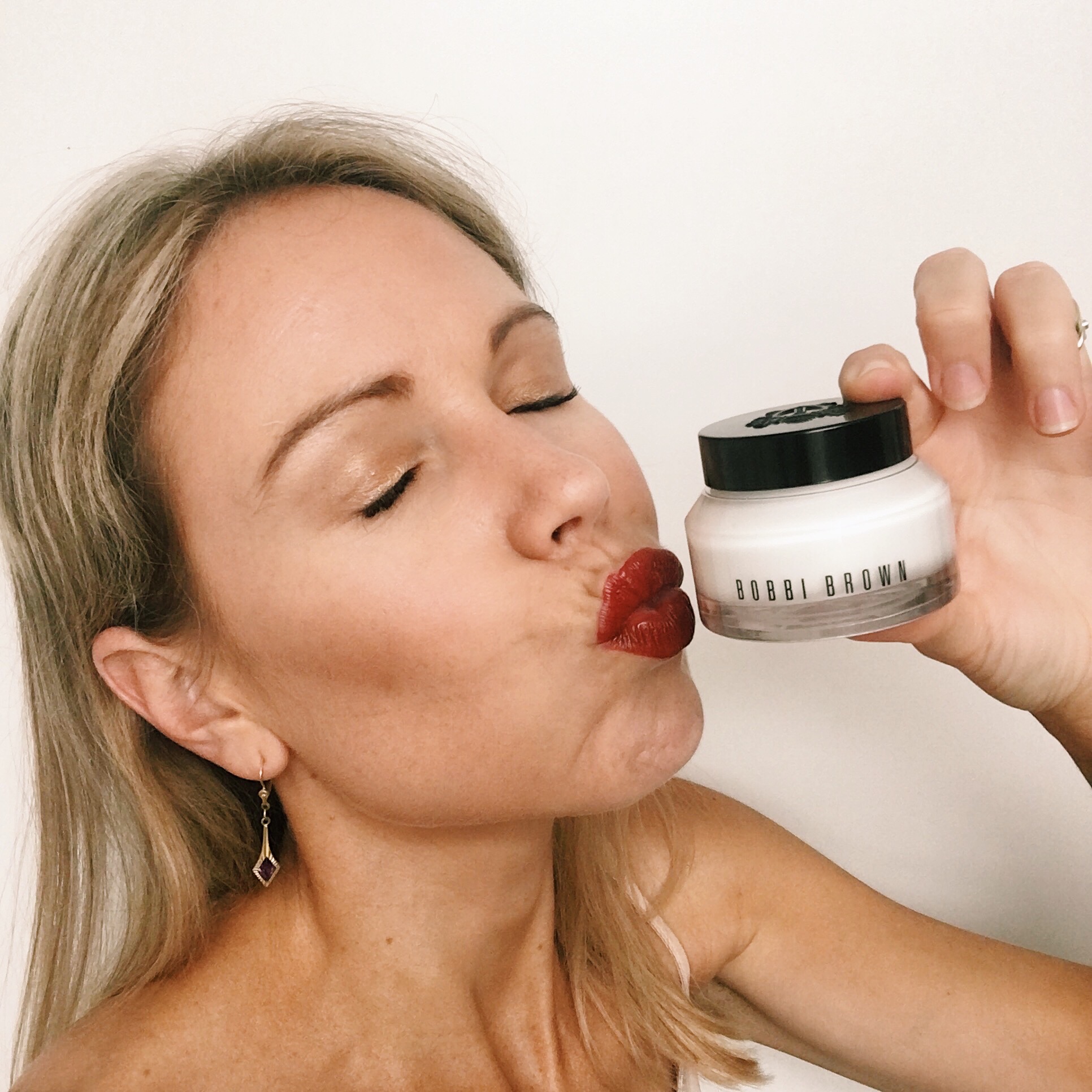Part 2 of ‘Behind the Ingredient List’! Last time we dove into the ingredients of a “natural” face cream. Today we are having a close look at my favorite face cream – one I’ve been using for over three years – from Bobbi Brown. I dread doing this, because what if what I find is so bad that I feel obligated to stop using it? I have tested a lot of different face creams and not one has been as good as this Hydrating Face Cream. But, I guess at some point you need to ask yourself what is truly important. I want to start limiting (and then completely clear out) products in my collection that have been tested on animals, contain animal products and/or potentially harmful ingredients, either for the skin or for the environment. Is my ride or die face cream one of them?
Behind the Ingredient List of Bobbi Brown’s Hydrating Face Cream
Before I start: this face cream has 48 ingredients. I am reviewing only 28 of them, because a) the Neo Bio one had 28 and that was enough work and b) I don’t want this blogpost to be a thousand years long and I feel we will have a great grasp on the product after 28 products. Again, if you notice any factual errors, please comment down below or send me an email.
Water
We are good here.
Dimethicone
Dimethicone is a type of silicone, that makes a product feel like silk on the skin. It also helps to fill in pores and fine lines, which is why you’ll often find dimethicone on the ingredients list of primers. Dimethicone is also used in creams to protect mild skin irritations and dry patches. It may even heal wounds. (source) It is considered safe. But. concerns are that is covers your skin all day, which interferes with natural processes like sweating, temperature regulating and sloughing off dead skin cells. It may actually increase dryness over time. With some people it causes skin irritation and breakouts. And it is non-biodegradable, which means that it can pollute our environment. (source)
Butylene glycol
Propylene glycol is a petroleum product. There is nothing wrong with it according to Paula’s Choice and ewg.org. It’s a preservative, with skin conditioning qualities. However, many websites voice concerns about this product. It is a strong chemical that can cause skin irritation. Since this ingredient is in so many of the products we apply on our skin every day, the concern is that over time, our exposure may be adding up to something that could be potentially harmful to the health of the skin. So far, however, scientific studies have shown no harmful effects from the ingredient at current levels and exposures (source).
Cetyl alcohol
One of the “fatty” non harmful alcohols.
Ethylhexyl Palmitate
This is an ester of 2-ethylhexyl alcohol and palmitic acid. It is a binder with lubricant qualities. Health risks are considered low.
Caprylic triglyceride
Derived from coconut oil and glycerin, it’s considered an excellent emollient and skin-replenishing ingredient. It is considered gentle. (source)
Aleurites moluccana (kukio) seed oil
This is the seed oil from the candlenut tree. It has skin conditioning qualities.
Myristyl myristate
This is an ester of myristyl alcohol and myristic acid. It has skin conditioning qualities. Health risks are considered low to moderate, due to a possibility of irritation (ewg.org). However, it occurs naturally in vegetable or animal fats and oils. Paula’s choice gives this ingredient a good rating and states it is good for dry skin.
By this time I seriously started thinking about the animal ingredients in this face cream. I did a bit of googling and Bobbi Brown is part of Estee Lauder. Not only do they use animal ingredients, they also test on animals. Not necessarily because it’s part of their process or (lack of) philosophy, but because they sell in China, where animal testing is required by law.
Do you want to know if your favorite brand is testing on animals or is using animal derived ingredients? Check out this easy to use tool from PETA. Another very helpful website is from Cruelty Free Kitty.
Glyceryl stearate
This is an emulsifying agent that makes your skin feel soft and smooth. It also slows the loss of water from the skin.
Algae extract
Algae acts as an antioxidant in skincare. Different types of algae have different benefits
Cetyl phosphate
This is a cleansing agent, with low risks for health.
Polyperfluoromethylisoprapyl ether
This ingredient has skin conditioning qualities, with health risks that are considered moderate, according to ewg.org. There isn’t a lot of easy accessible information available on this product.
Coriandrum sativum seed oil
Coriander
Rosmarinus Officinalis
Rosemary
Rosa Canina Fruit oil
Rose oil
Elettaria cardamomium
Cardamon
Lavandula angustifolia
Lavander
Jasminum officinale
Jasmin
Tacopheryl acetate
The tocopheryl part is vitamin E, but the acetate comes about when the vitamin E is mixed with acetic acid. It is potentially iritating and may trigger allergies. Health risks are considered low to moderate. Vitamin E is obviously good for your skin (anti oxidant, anti aging, moisterizer) but the acid can do damage. Some studies even suggest it encourages the carcinogenic effects of UV rays. It would be better if a product just contains vitamin E, without the acetate, but adding acid makes it last longer on the shelves. (source)
Cholesterol
Cholesterol in skincare works as a skin conditioner and thickening agent. It makes your skin feel and look health. The health concerns for this product are low.
Linoleic acid
Linoleic acid (omega-6) and linolenic acid (omega-3), are the two essential fatty acids. In skincare linoleic acid is anti-inflammatory, acne reductive and moisterizering. (source)
Glycerin
Glycerin is used in many skincare products because it has a lot of benefits for the skin. There are two types of glycerin: derived from animals and derived from plants. If a vegetable glycerin was used, that would have been mentioned on the ingredient list. So, we can assume this face cream contains animal fats.
Caffeine
Paula’s Choice isn’t too enthusiastic about caffeine in skincare products. It is supposed to reduce puffy eyes and cellulite and it has antioxidant properties. The research is a little thin on this though, according to Paula’s Choice. Risks are low however, so I’m going to give coffee the benefit of the doubt. Research on whether caffeine is bad or good for you changes all the time and recent studies are leaning towards good, so I’m not going to dwell on it.
Peg-10 dimethicone
It is a derivative of dimethicone (second ingredient on the list). Health risks are considered low to moderate.
Myristyl laurate
Everyone agrees this ingredient is considered a no- risk. It was a bit harder to figure out what it actually is and does. I could piece together that it is a fatty acid ester compound and works as a texture enhancer.
Phytantriol
Phytantriol is an alcohol and it is used as a anti caking and skin conditioning agent. It is also supposed to be great for your hair. Health concerns are low to moderate, because it may cause irritation and trigger allergies.
Acrylates copolymer
This is another ingredient that is mostly used in hair products. It has multiple functions and it’s considered as a low risk for your health.
Lecithin
Lecithin is a waxy substance in the nervous tissue of living organisms. It is frequently obtained from eggs and soybeans and works as a moisturizer. PETA warns that this ingredient may be derived from animals. For instance, on the Simple website (a brand I recently started using) it says they derive it from soy beans. There is nothing on the Bobbi Brown website about their ingredients unfortunately, so it may be an animal ingredient in this instance.
Conclusion
So, it’s time to face the music. My all time favorite face cream not only contains animal products, the (parent) company also tests on animals. And, one of the main ingredients in this cream (Dimethicone) is non- biodegradable. So, it failed on all of the areas I mentioned in the intro. I hate this, because I love this cream and it will not be easy to find one that is equally amazing. But I will definitely start searching.
The other 20 ingredients in the Bobbi Brown Hydrating Face Cream are:
- Sodium Acrylates/acrylonitrogens copolymer
- Phytosphingosine
- Propylene glycol stearate
- Sodium hyaluronate
- Polysorbate 20
- Caprylyl glycol
- Sorbitan laurate
- Myristyl alcohol
- Propylene glycol laurate
- Tocopherol
- Glycine
- Sodium hydroxide
- Carbomer
- Hydroxyproline
- Proline
- Citric acid
- Hexylene glycol
- Disodium edta
- Phenosythanol



13 thoughts on “Behind the Ingredient List: Natural vs High End Face Cream | Part 2”